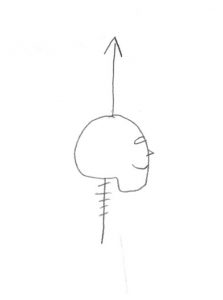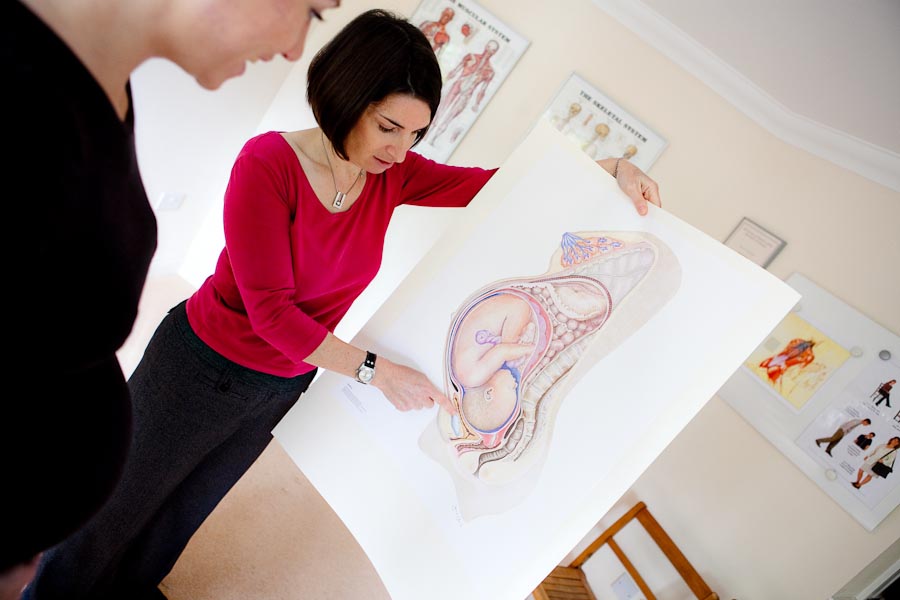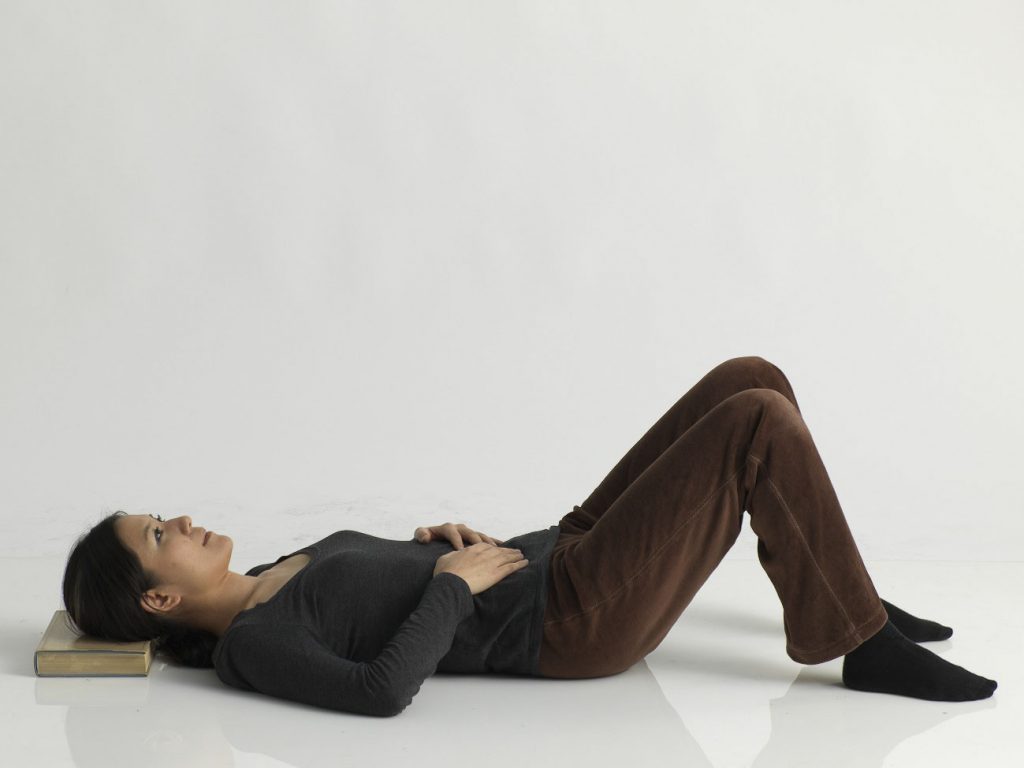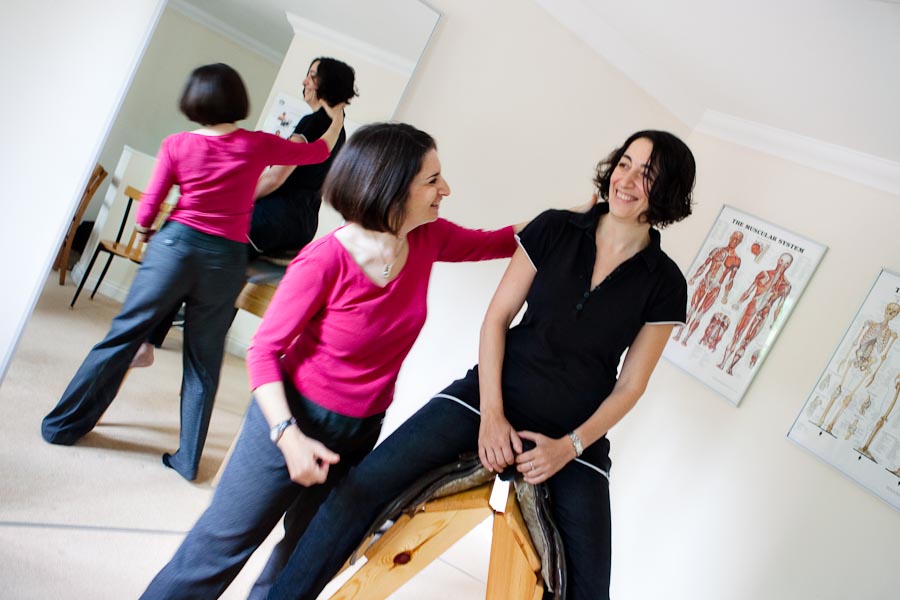 People often think the Alexander Technique is about imagining a string or golden thread coming up from the top of the head. It is certainly useful to think upwards. Much of our attention is downward: reading, typing, texting, cooking, childcare. This can make us slump and this can cause back pain or neck pain.
People often think the Alexander Technique is about imagining a string or golden thread coming up from the top of the head. It is certainly useful to think upwards. Much of our attention is downward: reading, typing, texting, cooking, childcare. This can make us slump and this can cause back pain or neck pain.
String on top of the head – Neck Tension?
A thread coming up from the top of the head can sometimes make people over stretch their neck. They may also tip the head backwards. And this can bring tension into the body.
String on top of the head – Back Pain?
Backache, whether it’s lower back pain or upper back pain, can happen when we’re trying to do the right thing. But knowing what the right thing is can be tricky. And so the Alexander Technique is useful as it dispels some myths. If you are overstretching imagining the string, then you might still have back tension or lower back pain.
Good posture is free and not rigid or held
We want connection to the floor as well as thinking up to the top of the head. Try some of these ideas listed below as well as imagining the string and then see what works for you. There’s only so much we can do for ourselves. We rely on feelings that may be faulty and have habits we’re unaware of. An Alexander Technique teacher has an objective eye to see what your habits are – where you overstretch or where you slump. They can then guide you, through explaining and hands on work, so you can have better posture and feel more comfortable.
New ideas
Think up from your feet all the way to the top of your crown.
Think of the space above your head.
Imagine your hair sprouting from the top of your head.
Imagine bubbles constantly travelling up through your body to the top of your head.
Find an Alexander Technique teacher
You’re welcome to contact me for a free 15 minute consultation on the phone or zoom before trying out a lesson with me. If you don’t live in London, then my professional body can guide you to someone in your area.






